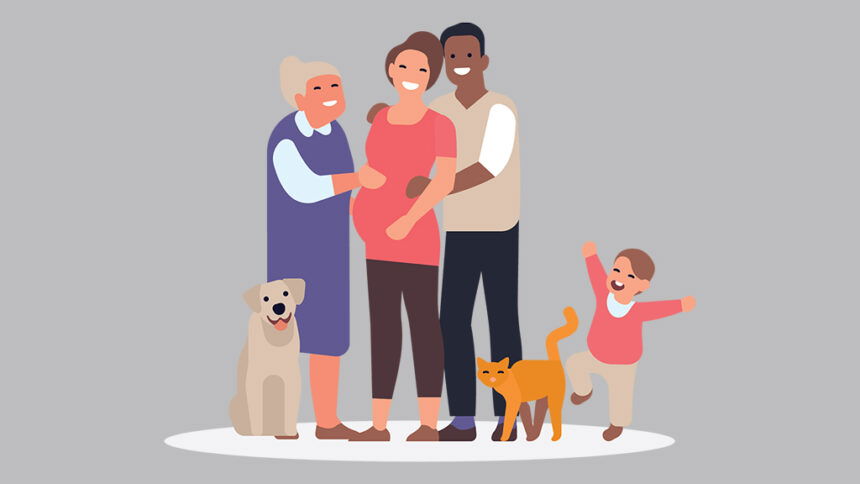Pet Food Safety

Materials developed by CDC
We all want our dogs and cats to have the best and healthiest food. However, just like our food, pet food and treats can sometimes be contaminated with germs. These germs can make pets and people sick.
The good news is that you can take steps to keep your pets and family healthy.
Safe food for dogs and cats
There are many safe food options for your dog or cat.
Safe pet foods rarely cause food poisoning in pets. These foods have been cooked or heated to a high enough temperature to kill germs.
Choose pet foods that provide the right amount of nutrients your pet needs. When buying food for your dog’s or cat’s main diet, look for the words “complete and balanced” on the product label.
Main types of safe pet food
- Kibbles are cooked and shaped before being dried. They are then coated with flavors. (Note that some kibbles are coated or mixed with raw pet food – these products would be considered raw pet food and would likely have the word “raw” on the packaging.)
- Canned pet foods are sealed before being sterilized (heated to a high temperature).
- Fresh pet foods are cooked food with fewer or no preservatives. These products are often delivered to your home as part of online pet food subscription services. They may also be available at pet stores and grocery stores. Because fewer or no preservatives are used, fresh pet foods need to be refrigerated, and they do not keep as long as kibbles or canned pet foods.
Some people make food for their pets using ingredients from the grocery store. If homemade pet foods are your pet’s main diet, talk to your veterinarian or a veterinary nutritionist to make sure you are providing a complete and balanced diet for your pet.
Follow pet food safety steps
Keep your pets safe
- Stay up to date on food recalls and outbreaks. Don’t feed your pet any recalled or contaminated food.
- Pet food recalls: FDA animal product recall website or AVMA Recall Watch Twitter account.
- Other food recalls and outbreaks: CDC foodborne outbreak website.
- If your pet got sick after eating a specific pet food, report a complaint to FDA.
- Clean pet food and water bowls, food scoops, treat toys, feeding mats, and placemats frequently.
- Follow storage instructions on pet food labels.
Keep yourself and your family safe
- Wash your hands with soap and water before and after handling pet food or treats. Make sure children wash their hands properly.
- Don’t let your pet lick your open wounds or areas with broken skin, and try not to let your pet lick your mouth or face immediately after they eat.